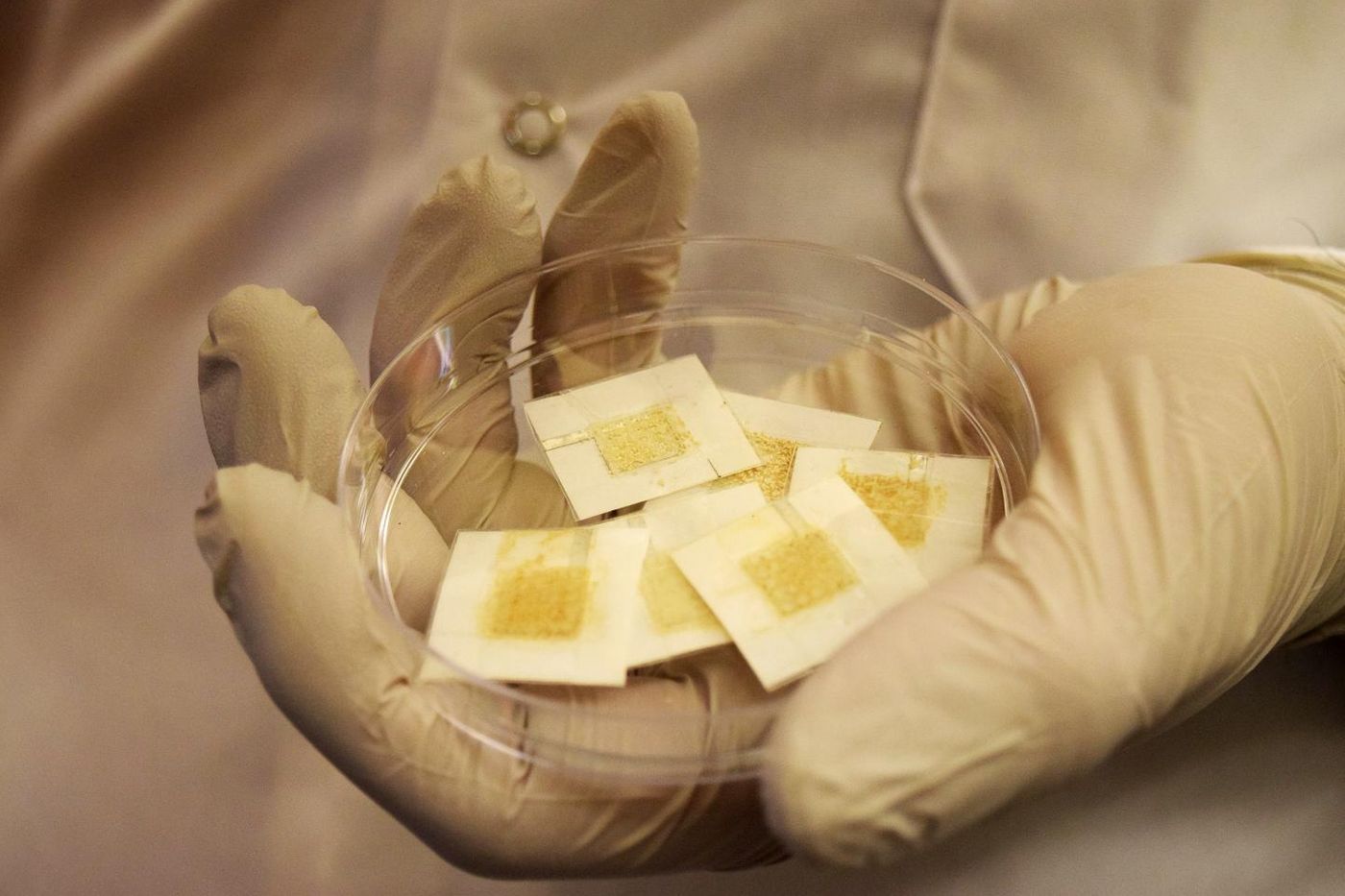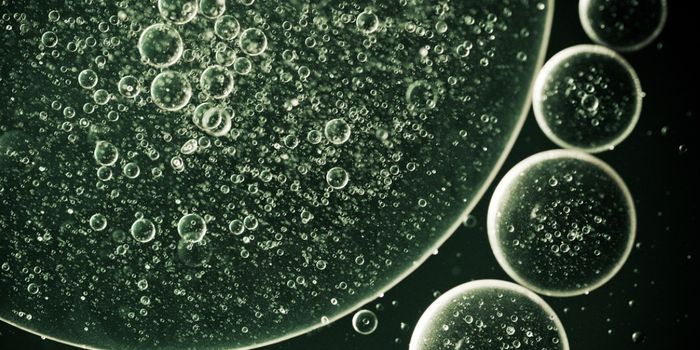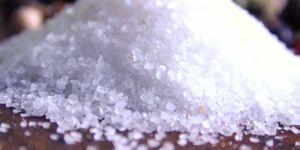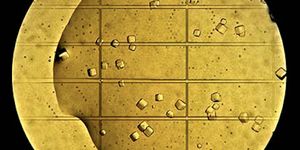A Microbrewery can Help us Monitor Radiation Exposure
Yeast is a remarkable organism. It can help chefs bake bread, brewers make beer, and now, it can help track radiation exposure in hospital workers. Monitoring that exposure can ensure that tissue damage caused by radiation will be detected faster. To do so, researchers at Purdue University made little microbreweries with yeast, freezer paper, some tape, and aluminum. With a drop of water, the yeast is activated and will reflect radiation exposure when it's read with a special device. This work has been reported in Advanced Biosystems.
Its possible that this technology will be refined even further; a phone or tablet may one day be able to read the signal from the yeast. That badge could be applicable to other professions where radiation exposure is a hazard.
"You would use the badge when you're in the lab and recycle it after you've checked your exposure by plugging it into a device," explained Manuel Ochoa, a postdoctoral researcher in Purdue's School of Electrical and Computer Engineering.
People that take X-rays are regularly exposed to low doses of radiation. The protective gear they use keeps them from getting hit with too much, but some exposure can still happen, and it’s important to check for it. Radiation can lead to cancer, skin problems, thyroid disease, or cataracts.
"Currently, radiology workers are required to wear badges, called dosimeters, on various parts of their bodies for monitoring their radiation exposure," said Babak Ziaie, Purdue professor of electrical and computer engineering. "They wear the badges for a month or two, and then they send them to the company that made them. But it takes weeks for the company to read the data and send a report back to the hospital. Ours give an instant reading at much lower cost."
Yeast has many genetic similarities to humans and reacts quickly to radiation. As the radiation dose increases, more yeast cells die. The live cells continue to metabolize sugar, releasing carbon dioxide in the process, which forms ions. Those ions increase the conductivity of yeast, and the device can detect that.
"We use the change in electrical properties of the yeast to tell us how much radiation damage it incurred. A slow decrease in electrical conductivity over time indicates more damage," explained Rahim Rahimi, Purdue postdoctoral researcher in electrical and computer engineering.
"For yeast, it seems that radiation primarily affects the cell walls of the membrane and mitochondria," Ochoa said. "Since biologists are already familiar with yeast, then we're more likely to understand what's causing the biological effects of radiation in organic matter."
There is a patent now pending for this technology through the Purdue Research Foundation.
Sources: Science Daily via Purdue University, Advanced Biosystems









